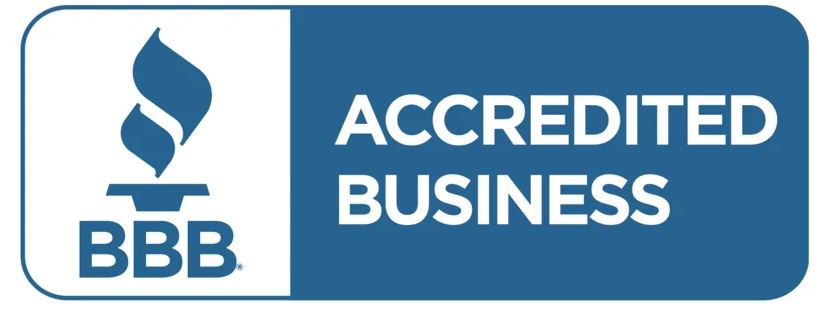Table of Contents
- Introduction to Working Capital Loans
- Why Working Capital Loans are Important for Small Businesses
- Types of Working Capital Loans
- a. Short-Term Loans
- b. Business Lines of Credit
- c. Invoice Financing
- d. Merchant Cash Advances
- e. Trade Credit
- How to Qualify for Working Capital Loans
- Examples and Calculations for Working Capital Loans
- Comparing Working Capital Loan Options
- Pros and Cons of Working Capital Loans
- Conclusion: Is a Working Capital Loan Right for Your Business?

1. Introduction to Working Capital Loans
Working capital is the lifeblood of any business, helping cover daily expenses like payroll, rent, and utilities. Working capital loans are designed to provide businesses with short-term funding for these operational expenses, ensuring they can manage cash flow and sustain operations during periods of low income or high demand.
2. Why Working Capital Loans are Important for Small Businesses
For small businesses, cash flow fluctuations are common due to seasonality, delayed client payments, or unexpected expenses. Working capital loans offer a quick and accessible funding solution, enabling small businesses to maintain smooth operations even during financial challenges. By using a working capital loan, businesses can avoid depleting cash reserves and stay financially stable.
3. Types of Working Capital Loans
a. Short-Term Loans
Short-term loans offer a lump sum payment to cover immediate expenses, with a repayment period typically between 3 and 18 months. These loans are often used to manage cash flow gaps or cover urgent expenses.
Example Calculation:
A $20,000 short-term loan at 10% interest over 12 months would have a monthly payment of approximately $1,758.
b. Business Lines of Credit
A line of credit provides businesses with flexible access to funds, allowing them to withdraw cash as needed up to a specified limit and pay interest only on the amount used. This is ideal for managing seasonal cash flow needs.
c. Invoice Financing
With invoice financing, businesses can borrow against unpaid invoices. This type of working capital loan is useful for companies with delayed payments, providing funds to cover expenses while awaiting client payments.
Example:
A $30,000 invoice financed at 85% would provide $25,500 upfront with a 3% monthly fee.
d. Merchant Cash Advances
Merchant cash advances (MCAs) allow businesses to borrow against future sales, typically repaid through a portion of daily credit card sales. This type of working capital loan is fast but usually has high fees.
e. Trade Credit
Trade credit is when a supplier allows a business to purchase goods and delay payment, often interest-free if paid within an agreed timeframe. It’s a type of working capital loan that supports inventory purchases without immediate cash outflow.
4. How to Qualify for Working Capital Loans
Lenders assess certain criteria to determine eligibility for working capital loans:
- Business Credit Score: Higher credit scores often lead to better terms.
- Revenue: Lenders want assurance that your business can repay the loan, so consistent revenue is important.
- Time in Business: Many lenders require at least 6-12 months of operating history.
5. Examples and Calculations for Working Capital Loans
Example 1: Short-Term Loan for Seasonal Inventory
A retail store takes out a $15,000 loan at a 12% interest rate over 6 months to purchase inventory for the holiday season.
| Loan Amount | Interest Rate | Term | Monthly Payment |
| $15,000 | 12% | 6 months | $2,593 |
Example 2: Line of Credit for Unpredictable Cash Flow
A restaurant has a $20,000 line of credit at an interest rate of 8% and uses $10,000 to cover a month of lower-than-expected sales, repaying it within two months.
| Credit Limit | Amount Used | Interest Rate | Interest Paid | Total Repayment |
| $20,000 | $10,000 | 8% | $133 | $10,133 |
Example 3: Invoice Financing for Outstanding Client Payments
A consulting firm has $50,000 in outstanding invoices and needs immediate cash. They use invoice financing to access 85% of the invoice value upfront, paying a 2% monthly fee.
| Invoice Amount | Advance Rate | Advance Amount | Monthly Fee |
| $50,000 | 85% | $42,500 | $1,000 |

6. Comparing Working Capital Loan Options
Below is a table comparing working capital loans across different criteria, including cost, repayment terms, and funding speed.
| Loan Type | Purpose | Interest Rate | Repayment Terms | Speed of Funding | Best For |
| Short-Term Loan | Immediate expenses | Moderate | Fixed | Fast | Seasonal inventory |
| Line of Credit | Flexible use | Variable | Revolving | Fast | Cash flow gaps |
| Invoice Financing | Cash flow needs | High | Based on invoices | Fast | Unpaid invoices |
| Merchant Cash Advance | Quick cash access | Very High | Sales-based | Immediate | Retail businesses |
| Trade Credit | Inventory purchases | Low | Supplier terms | Fast | Inventory financing |
7. Pros and Cons of Working Capital Loans
Short-Term Loans
- Pros: Fixed repayment terms, predictable payments.
- Cons: High interest if the business has poor credit, repayment periods can be short.
Lines of Credit
- Pros: Flexible use, interest only on borrowed amounts.
- Cons: Variable rates can lead to unpredictable costs.
Invoice Financing
- Pros: Quick access to funds based on unpaid invoices.
- Cons: Fees can add up, reducing profit margins.
Merchant Cash Advances
- Pros: Fast access to funds, no fixed payment schedule.
- Cons: High cost, can impact cash flow if sales dip.
Trade Credit
- Pros: Interest-free period, aids inventory management.
- Cons: Only useful for purchasing goods and inventory.
8. Conclusion: Is a Working Capital Loan Right for Your Business?
Working capital loans are valuable tools for small businesses that need immediate funds to cover operational expenses. When cash flow is limited, these loans can keep a business running smoothly without the risk of depleting resources. However, it’s essential to choose a loan that aligns with your business’s needs and repayment capacity.
Before deciding on a working capital loan, consider these key questions:
- What is the primary purpose of the funds?
- How quickly can I repay the loan without impacting cash flow?
- Are there any seasonal or recurring needs that make a line of credit more suitable?
Carefully evaluating your options will help you select the most effective working capital loan for your business, enabling you to focus on growth and long-term success.





